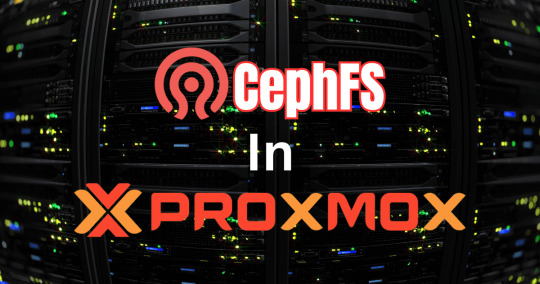#DistributedStorage
Explore tagged Tumblr posts
Text
How does Google store their data?
Google stores data using a highly sophisticated and distributed system that includes several key components:
1.Data Centers: Google operates large data centers around the world. These facilities house vast amounts of servers that store and process data. Every data center has sophisticated cooling and power management systems, as well as redundancy and efficiency in mind.
2. Distributed Storage: To guarantee data availability and dependability, Google employs distributed storage systems. Smaller pieces of data are dispersed among several servers and data centers. This method offers fault tolerance and improves performance.
3. File Systems: To efficiently manage enormous volumes of data, Google has created proprietary file systems including Google File System (GFS) and its successor, Colossus. Fault tolerance and high-throughput access are supported by these systems.
4. Database Systems: Depending on the use case, Google employs a variety of database technologies, such as Bigtable, Spanner, and Cloud SQL. Cloud SQL offers managed relational databases, Spanner delivers global transactional consistency, and Bigtable manages large-scale structured data.
5. Data Replication: To provide high availability and durability, data is copied across several servers and data centers. In the event of a hardware breakdown, this replication facilitates speedy recovery and helps prevent data loss.
6. Data Security: To safeguard data, Google uses a number of strong security measures, such as access limitations, encryption, and ongoing monitoring. Both in transit and at rest, data is encrypted.
By combining these technologies and practices, Google ensures that data is stored efficiently, securely, and reliably, supporting its vast array of services and applications.
#GoogleCloud#DataCenters#DistributedStorage#BigData#GoogleFileSystem#DataSecurity#CloudStorage#DataManagement#ServerInfrastructure#TechInfrastructure#DataReplication#GoogleData
0 notes
Text
Securing Distributed Storage and Processing Frameworks
Big Data Security is a critical area of focus as organizations increasingly rely on vast and complex datasets to drive decision-making and innovation.
Ensuring the security of big data involves addressing several key challenges, including data privacy, integrity, and availability. Advanced encryption techniques, such as homomorphic encryption, are employed to protect data at rest, in transit, and during processing, allowing computations to be performed on encrypted data without compromising its confidentiality. Access control mechanisms, including role-based access control (RBAC) and attribute-based access control (ABAC), are crucial in managing permissions and ensuring that only authorized users can access sensitive data. Additionally, the implementation of robust data masking and anonymization techniques helps in safeguarding personally identifiable information (PII) and complying with regulatory requirements such as GDPR and CCPA. Big data environments often utilize distributed storage and processing frameworks like Hadoop and Spark, necessitating comprehensive security measures across multiple nodes and clusters. Security information and event management (SIEM) systems are deployed to monitor and analyze security events in real-time, enabling the detection and mitigation of potential threats. Machine learning algorithms play an increasingly significant role in identifying anomalous patterns and predicting security breaches before they occur. As cyber threats continue to evolve, continuous vulnerability assessments and penetration testing are essential to maintain the security posture of big data infrastructures. The future of big data security lies in the integration of advanced technologies such as blockchain for immutable audit trails and zero-trust architectures to minimize the attack surface and enhance overall data protection. #BigDataSecurity #Encryption #DataPrivacy #AccessControl #DataMasking #Anonymization #GDPR #CCPA #DistributedStorage #SIEM #MachineLearning #CyberSecurity #ThreatDetection #VulnerabilityAssessment #Blockchain #ZeroTrust #DataProtection #HadoopSecurity #SparkSecurity #DataIntegrity #Compliance #DataGovernance #SecurityArchitecture #InformationSecurity #TechInnovation
0 notes
Text
CephFS Configuration in Proxmox Step-by-Step
CephFS Configuration in Proxmox Step-by-Step #ceph #cephfs #proxmox #proxmoxve #proxmoxstorage #cephfilesystem #cephfilesystemshare #homeserver #homelab #virtualizationhowto #vhtforums #selfhosting #HCIstorage #fileshareonHCIstorage #distributedstorage
Since working with Ceph in Proxmox VE lately, one of the cool features that I wanted to try out was Proxmox CephFS, which allows you to work with your Ceph installation directly from your clients. It allows mounting file storage to your clients on top of your Ceph storage pool with some other really cool benefits. Let’s look at CephFS configuration in Proxmox and see how you can install and…

View On WordPress
0 notes